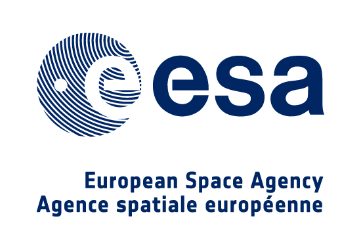Description
The need for wider frequency bandwidths in multimedia applications pushes payload design toward higher frequencies. Recently, a significant frequency bandwidth has been allocated by the International Telecommunication Union (ITU) in the Q/V band for Fixed-Satellite Services (FSS), making these frequencies the most promising candidates for the near future broadband systems. From on-going studies investigating next-generation high-capacity satellite architectures, it is anticipated that a first step would be a GEO mission making use of Q/V band for the feeder link, while the user link remains in Ka band.
Within this frame, and under the ARTES 5.1 initiative, the European Space Agency has contracted to the team composed by HPS GmbH (as prime contractor), INVENT GmbH and TESAT GmbH (as sub-contractors), Cobham CTS Limited and other partners the development of an earth-deck antenna for feeder link applications in Q/V band (Frequency band Tx: 37.5-40.5 GHz, Rx: 47.2-50.2 GHz) to be embarked on a GEO communication satellite mission with high capacity requirements.
One of the objectives of the activity was to perform an antenna architecture trade-off to identify the most suitable antenna geometry for such an application taking into account RF and thermo-mechanical aspects.
As best antenna configuration a Gregorian offset geometry has been selected and validated with an EM (Engineering Model), including a representative feed chain.

